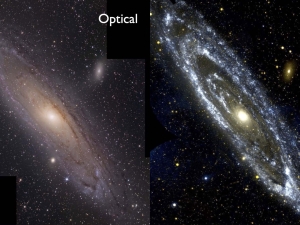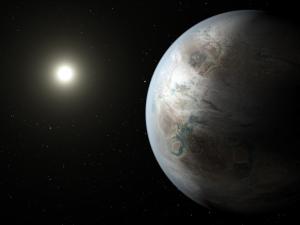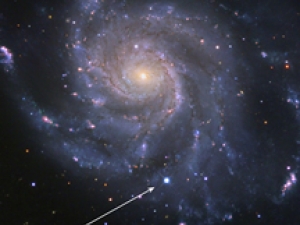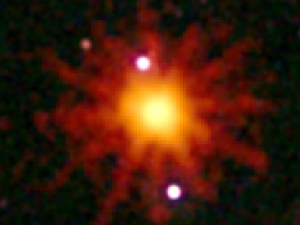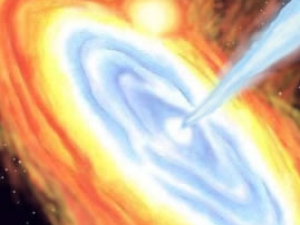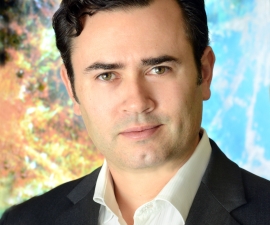

Research Bio
Joshua Bloom is an astronomy professor at the University of California, Berkeley where he teaches radiative processes, high-energy astrophysics, and a graduate-level "Python for Data Science" course. He has published over 300 refereed articles largely on time-domain transients events, artificial intelligence, and telescope/insight automation. His book on gamma-ray bursts, a technical introduction for physical scientists, was published by Princeton University Press. Josh has been awarded the Data-Driven Discovery prize from the Gordon and Betty Moore Foundation and the Pierce Prize from the American Astronomical Society; he is also a former Sloan Fellow, Junior Fellow at the Harvard Society, and Hertz Foundation Fellow. He holds a PhD from Caltech and degrees from Harvard College (AB) and Cambridge University (MPhil). He was co-founder and CTO of Wise.io, an AI application startup, acquired by GE in 2016.
Research Expertise and Interest
machine learning, gamma-ray bursts, supernovae, time-domain astronomy, data-driven discovery
In the News
Rocky Planet Around a White Dwarf Resembles Earth 8 Billion Years From Now
UC Berkeley Will Manage $300 Million NASA Mission To Map the UV Universe
AI Reveals Unsuspected Math Underlying Search for Exoplanets
Pandemic caused ‘staggering’ economic, human impact in global south, study says
Funding for big-data projects in ecology, astronomy & microscopy
Three professors at UC Berkeley will receive $1.5 million over the next five years from the Gordon and Betty Moore Foundation as part of the foundation’s Data-Driven Discovery Initiative. The initiative, one of the largest privately funded data scientist programs of its kind, is committed to enabling new types of scientific breakthroughs by supporting interdisciplinary, data-driven researchers.
Closing in on cosmic mystery surrounding supernovas
Thanks to images obtained over the past nine years by the Hubble Space Telescope, UC Berkeley astronomers were able to narrow down the identity of the companion star to a supernova first observed in August. It was not a bright red giant or helium star, but probably a more modest star like the sun, a subgiant or even a white dwarf.
‘Supernova of a generation’ discovered by Berkeley scientists
Skywatchers should get their binoculars and telescopes ready. Scientists at UC Berkeley and Berkeley Lab caught a supernova soon after its explosion. The supernova, located in the Big Dipper constellation, is appearing brighter than any other supernova of its type in the last 30 years. Earthlings might even be able to see it with good binoculars in 10 days’ time.
Black hole rips star to shreds
A bright gamma-ray flare observed in March 2011 by the Swift satellite was not your typical gamma-ray burst, according to UC Berkeley astronomers and their colleagues. Its long duration and location at the center of a distant galaxy suggests that the flare was emitted as a star was ripped apart by a massive black hole.
Neutron stars may be too weak to power some gamma-ray bursts
Long-duration gamma-ray bursts flash across the universe to signal the collapse of a massive star, but this collapsar model predicts either a neutron star or a black hole is left behind. New calculations of the energy released by gamma-ray bursts find it too large to be powered by a neutron star, even highly magnetized, spinning magnetars. Thus, UC Berkeley astronomers conclude, the likely power source is a black hole.


